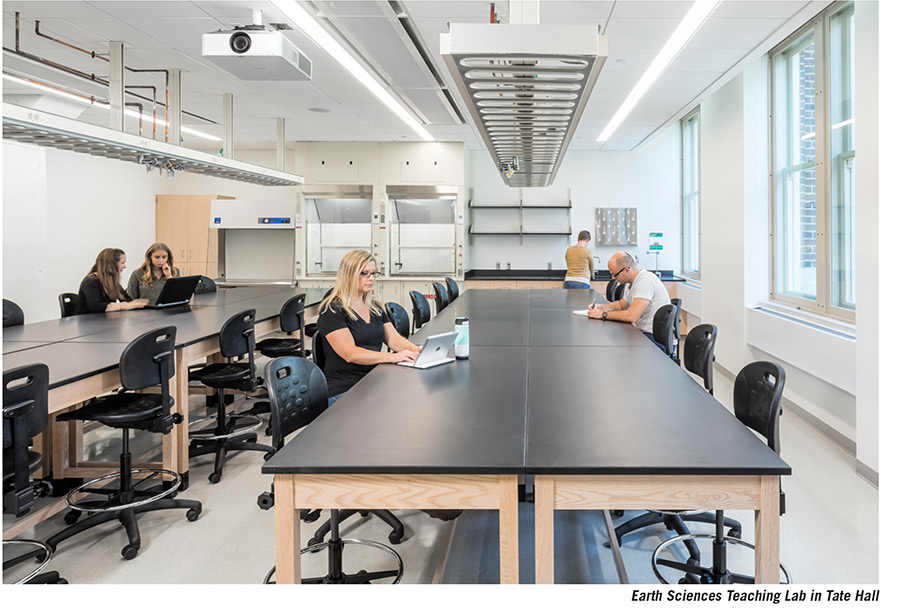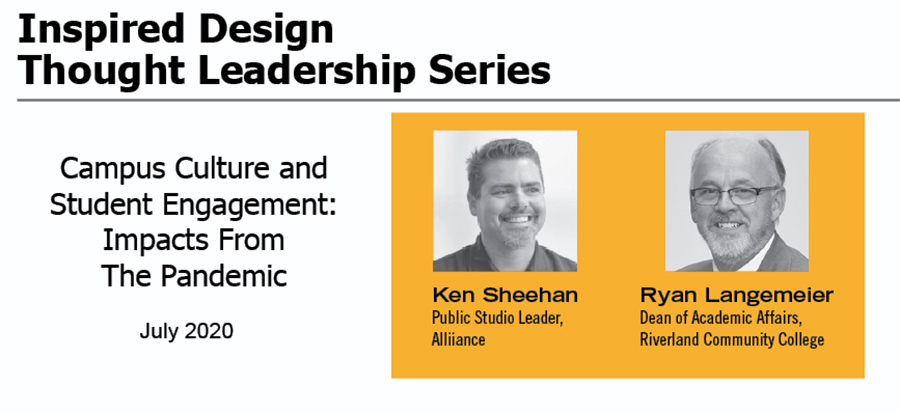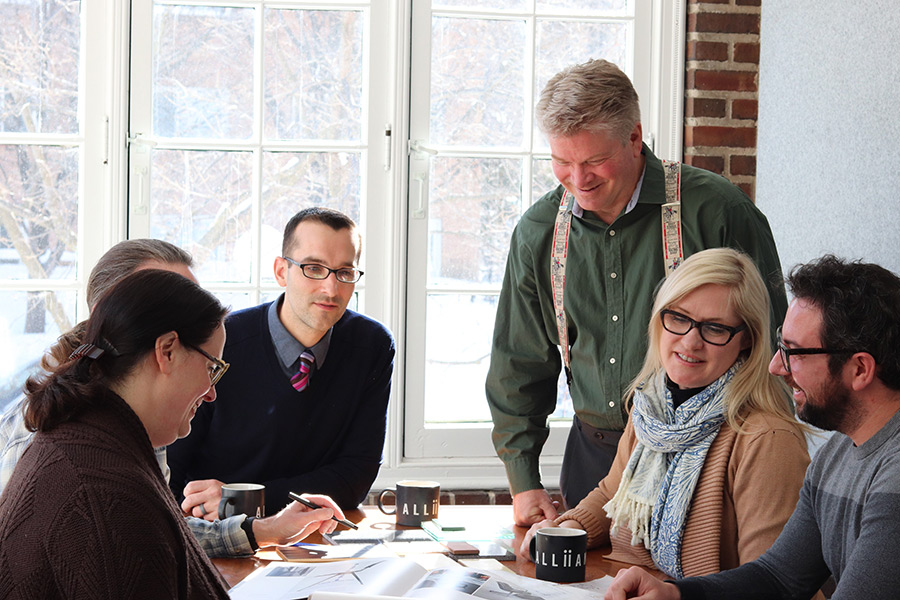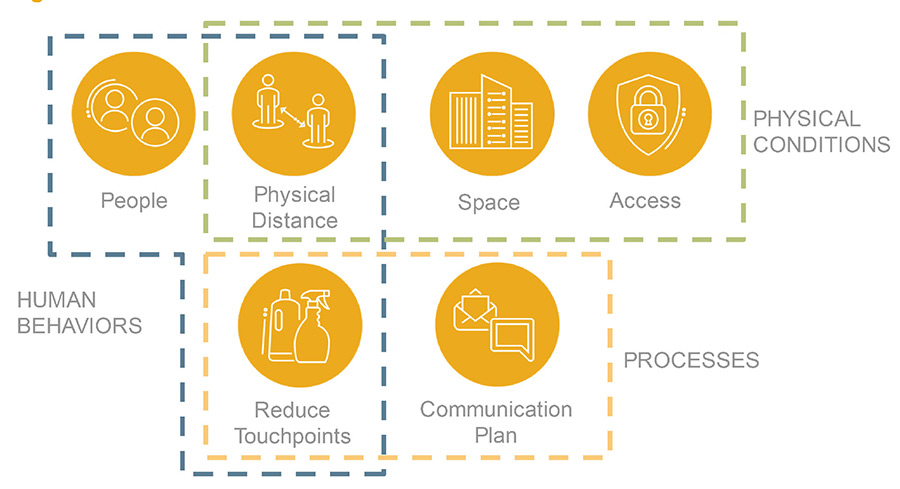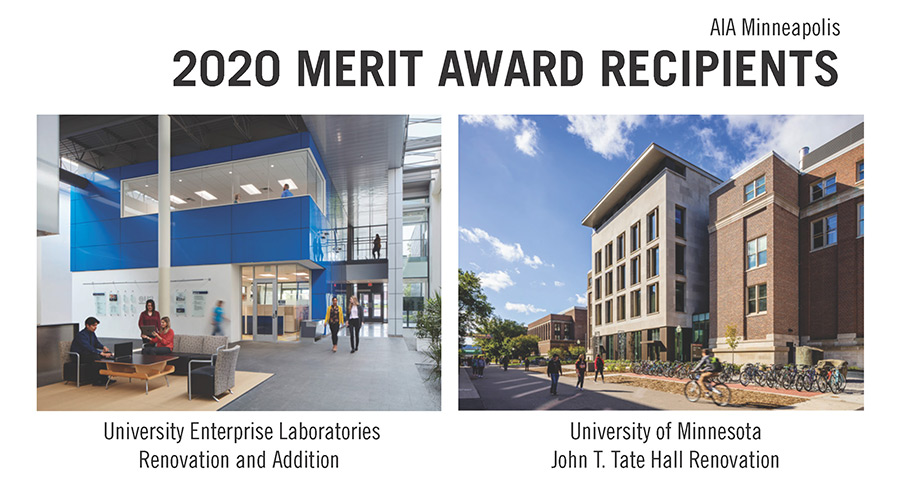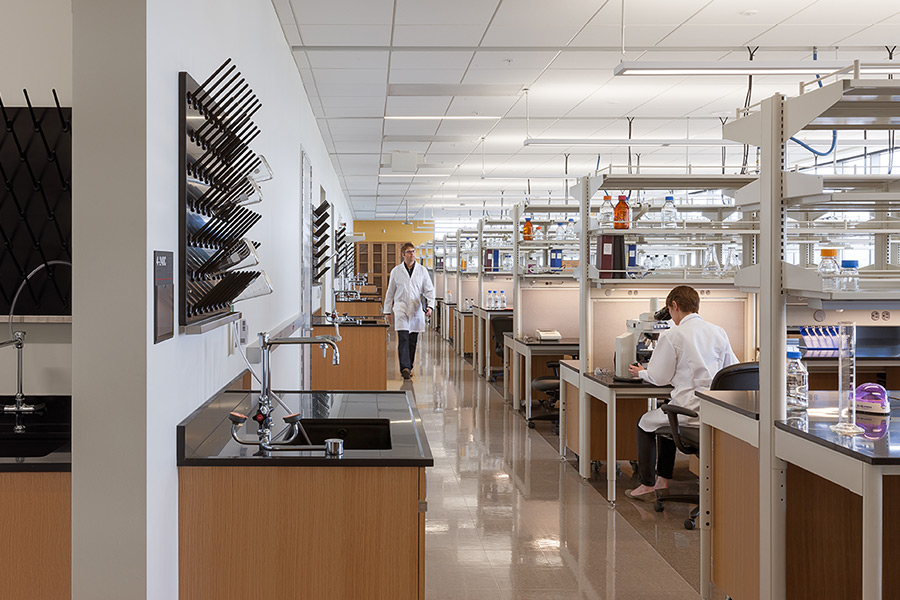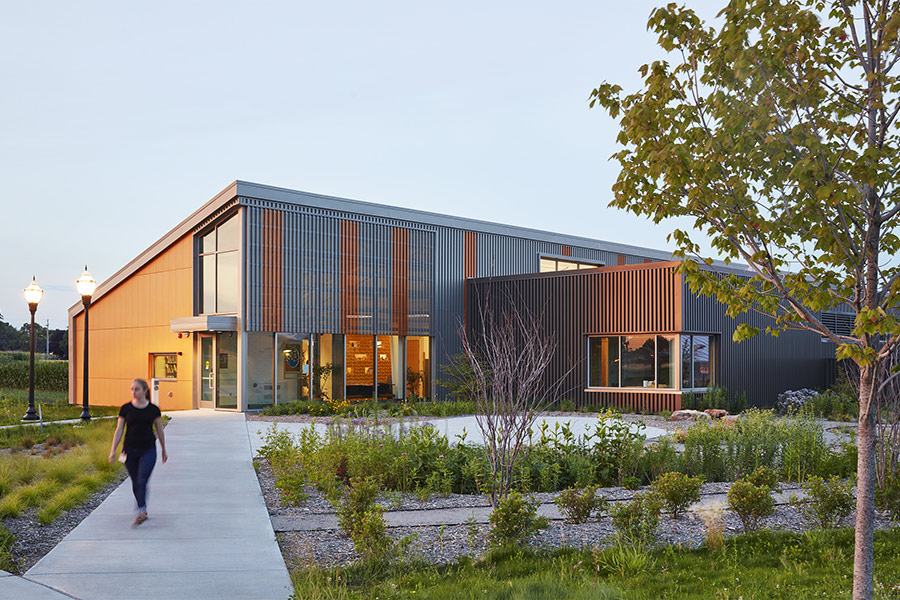Higher Education Lab Classes Respond to COVID-19
Perspectivesby Anna Pravinata, Mamie Harvey, Kristen Salkas, Justin Wilwerding, Teddy Gustafson This is the second article in a series intended to study the impact of COVID-19 on learning that typically requires in-person, on-site interactions. The first article “Teaching Design Studios during COVID-19” dealt with design studio courses, including architecture, landscape…
Working Together Apart: Ideation and Innovation
PerspectivesHow do we lead creative, dispersed teams to promote innovation? In this episode of Inspired Design Ahti Hujanen, Chief Technology Officer of Glympse, shares their user experience design process and how they push innovation and build successful teams.https://youtu.be/y6kkZ10P4VU
Campus Culture and Student Engagement: Impacts From The Pandemic
PerspectivesWith all of the concern around social distancing and online learning, how is campus culture and student engagement being impacted? Gain a deeper understanding of the issue in this conversation between Alliiance’s Ken Sheehan, AIA, LEED AP and Dr. Ryan Langemeier, PhD, AIA, Dean of Academic Affairs at Riverland Community…
Teaching Design Studios During COVID-19
Perspectivesby Anna Pravinata, AIA, LEED AP and Justin Wilwerding, MA, CID, IDEC The tsunami of change wrought by COVID-19 has required colleges and universities to rapidly pivot to sustain the education process. In particular, design studio courses, such as architecture, landscape architecture, and interior design, are historically problem-based, collaborative, and…
Research Labs Begin Phased Reopening
News, PerspectivesAnna Pravinata, AIA, LEED AP and Mamie Harvey, AIA, LEED AP BD+C share guidelines to reconfigure lab space to maintain social distancing in the most recent Tradeline article. Read the full article https://bit.ly/38cD2i5
Two Alliiance Projects Receive 2020 AIA Minneapolis Merit Awards
NewsTwo Alliiance projects – the University Enterprise Laboratories Renovation and Addition as well as the University of Minnesota John T. Tate Hall Renovation – were honored with AIA Minneapolis Merit Awards. Read on to learn more about these dynamic projects. University Enterprise Laboratories University Enterprise Laboratories (UEL) is a creative…
The Restaurant of the Near Future
Perspectivesby Bruce “Albi” Albinson, LEED AP Recently my wife and I ventured out for dinner to one of our favorite local restaurants. We wanted to shake the Covid craziness out of our systems and see what the current landscape looked like. Being designers, we were curious to see just what…
Working Together Apart: Collaborating and Innovating
PerspectivesCan we successfully collaborate while working dispersed? Absolutely. Learn key aspects to effectively collaborate to drive innovation in this conversation between Alliiance’s Inspired Design host, Rochelle Maresh, CID, LEED AP, and Brian Rowe, Human Centered Design Integrator, as he shares tools and processes on how he has been working with…
A Safe Return to the Research Lab
PerspectivesConsiderations for Re-opening Laboratories by Anna Pravinata, AIA, LEED AP and Mamie Harvey, AIA, LEED AP BD+C The COVID-19 pandemic has created unprecedented challenges for laboratory environments. Labs were shut down within a matter of days to comply with the “stay-at-home” order. The University of Minnesota recently developed the Sunrise…
COVID-19 – Opportunity for Innovation
Perspectivesby Deb GiL, CID, IIDA, WELL AP, LEED AP ID+C and Rochelle Maresh, CID, LEED AP Regarding our ability to affect change, Steve Jobs said, “The people who are crazy enough to think they can change the world, are the ones who do.”While current events are causing significant challenges, they…
Workplace Newsletter – Winter 2020
NewsResearch The Role of Organizational Culture in Workplace Design Scholars in management, corporate real estate, and human resources recognize work engagement as the best measure of productivity in the business world today. Similarly, recent research in these, and related, fields has identified the significant impact that communication, collaboration, and workplace…
What’s the Buzz About Field-Based Research Lab Design?
PerspectivesHigh-impact research requires world-class facilities. The University of Minnesota Bee and Pollinator Research Laboratory is a flexible and collaborative field-based research environment that supports critical discoveries on pollinators’ health. Historically referred to as the “farm campus,” the University of Minnesota St. Paul campus is made up of low buildings with…

